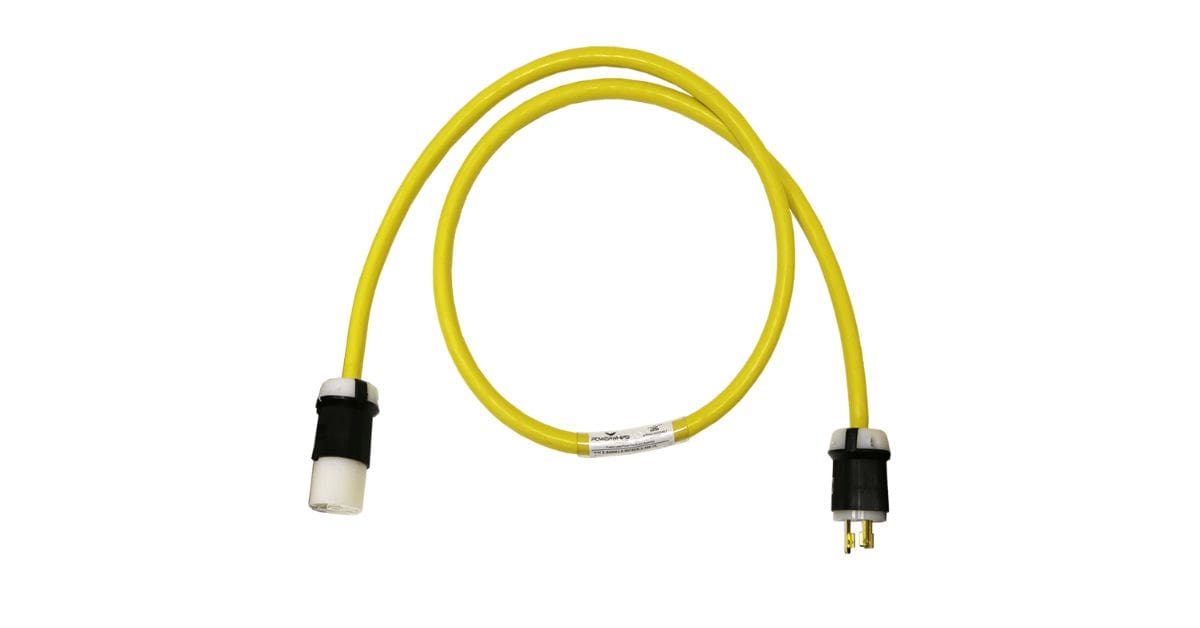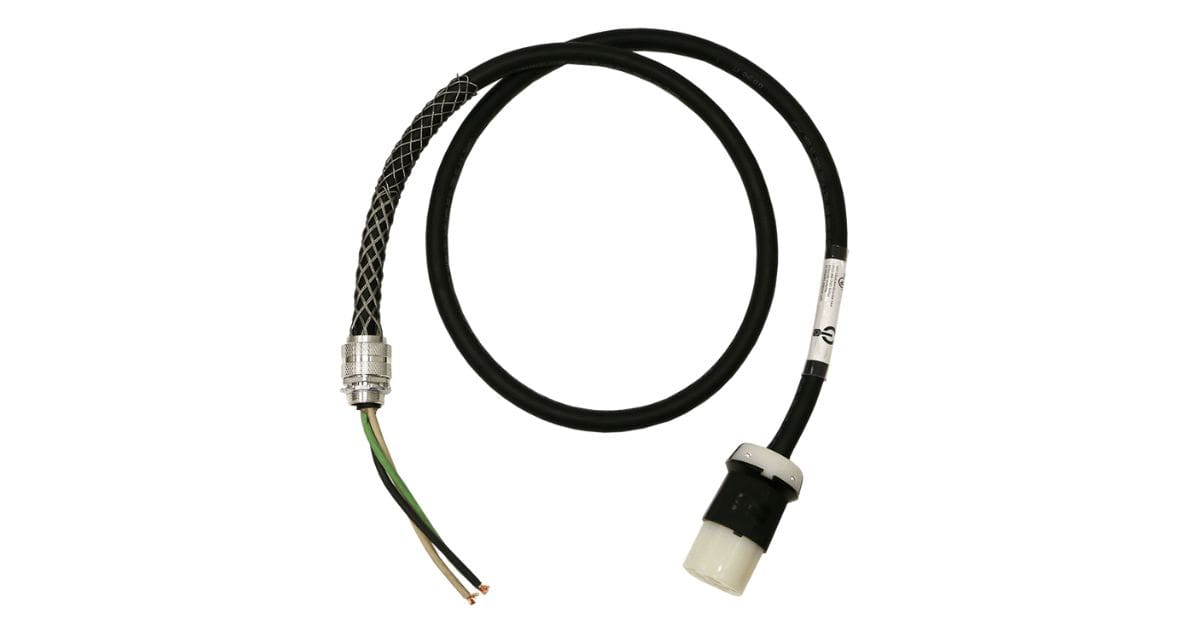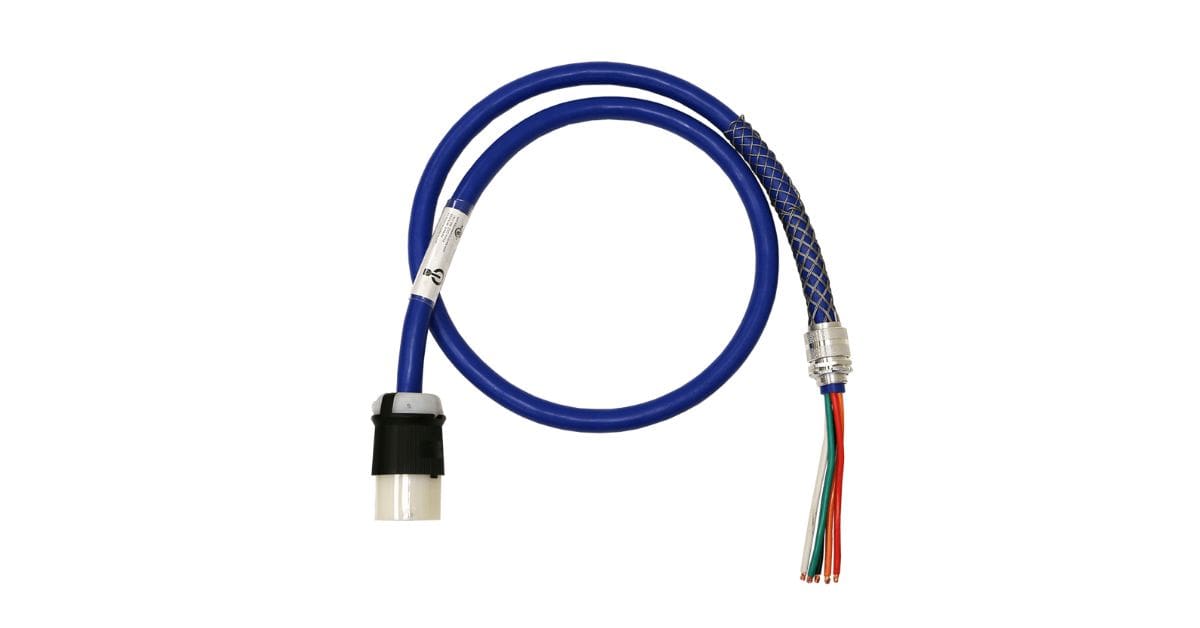
SOOW cables are critical investments in electrical infrastructure, yet their performance depends heavily on maintaining insulation integrity over time. Understanding the factors that contribute to insulation deterioration and implementing strategic prevention measures can significantly extend cable service life while reducing costly replacements and downtime.
Learning how to prevent insulation wear and tear in SOOW cables is crucial, especially in the demanding environments these cables typically operate in. SOOW cables, normally used in challenging industrial environments, encounter unique challenges that require specialized solutions to prolong their lifespan. Learn proven strategies to safeguard your SOOW cable investments through proper selection, installation, and maintenance practices.
Understanding SOOW Cable Insulation Composition
SOOW cables utilize synthetic rubber insulation engineered for flexibility and durability. This insulation system comprises multiple layers, including the conductor insulation and outer jacket, both of which are designed to withstand mechanical stress and environmental challenges. The thermoset elastomer compounds used in SOOW cables offer excellent resistance to oils, water, and temperature fluctuations; however, these materials still require proper care to maintain their protective properties.
The insulation’s molecular structure can degrade when exposed to excessive heat, UV radiation, chemical contaminants, or mechanical stress. Understanding these vulnerabilities allows for targeted prevention strategies that address specific risks before they compromise cable performance.
Temperature Management for Insulation Longevity
Thermal stress is a dire threat to SOOW cable insulation integrity. High temperatures accelerate the aging process of synthetic rubber compounds, resulting in brittleness, cracking, and ultimately, failure. Effective temperature management requires careful consideration of both ambient conditions and heat generated by electrical current flow.
Maintaining Proper Amp
Proper ampacity calculations ensure that cables operate within their designed temperature limits. Derating factors must be applied when cables are bundled together, installed in confined spaces, or operated in high-temperature environments. Installing temperature monitoring systems in critical applications also provides early warning of thermal stress conditions that could compromise insulation performance.
Proper Ventilation
Ventilation also plays an important role in maintaining acceptable operating temperatures. Ensuring adequate air circulation around cable installations prevents heat buildup that can accelerate insulation degradation. When cables must operate in enclosed spaces, mechanical ventilation systems may be necessary to maintain proper thermal conditions.

Chemical Resistance and Environmental Protection
SOOW cables demonstrate excellent resistance to many chemicals, but prolonged exposure to certain substances can still cause insulation deterioration. Identifying potential chemical hazards in the operating environment enables the application of appropriate protective measures and material selection.
Regular Cleaning and Moisture Management
Oil-based contaminants, while generally well-tolerated by SOOW insulation, can still cause swelling and softening if exposure levels exceed design parameters. Regular cleaning protocols remove accumulated pollutants before they can penetrate the insulation system. When operating in environments with known chemical hazards, implementing containment measures and regular inspection schedules becomes essential.
Moisture management requires particular attention in outdoor applications. While SOOW cables are designed for use in wet locations, prolonged exposure to standing water and moisture can still compromise insulation performance over time. Proper drainage systems and elevated cable routing minimize moisture-related degradation.
Mechanical Stress Prevention Techniques
Physical damage is a leading cause of SOOW cable insulation failure. The portable nature of these cables exposes them to various mechanical and environmental stresses that can cause immediate damage or accelerate long-term degradation. Implementing comprehensive mechanical protection strategies greatly extends cable service life.
Keep Bend Radius to a Minimum
Bend radius management prevents stress concentrations that can cause cracks in insulation materials. Maintaining minimum bend during installation and operation ensures that the insulation materials remain within their elastic limits. Using proper cable management hardware, including bend radius supports and cable trays, maintains acceptable geometry throughout the cable’s service life.
Abrasion protection also becomes critical when cables must route through rough or confined spaces. Adding protective sleeves can shield the SOOW cable’s insulation from mechanical wear. Conduct regular inspections of high-wear areas to replace protective materials before they fail.
Strategic Installation Practices
Proper installation techniques can ensure SOOW cables are set up for long-term performance. Ensuring careful handling during installation prevents damage that may not become apparent until later in the cable’s service life. To ensure optimal performance, train installation personnel in proper cable handling techniques to reduce the risk of hidden damage that can lead to premature failures.
Termination quality can also directly impact insulation performance at cable ends, where stress concentrations naturally occur. Proper termination techniques and environmental sealing prevent moisture buildup and mechanical damage at these vulnerable locations.
Are you looking for a reliable and long-lasting SOOW cable for your next project? Electrol Powerwhips offers high-quality, durable SOOW cables designed to meet your power and wiring needs with ease. Built for flexibility and tough environments, our SOOW cables deliver dependable performance you can trust. Explore our products today!

Comprehensive Inspection and Maintenance Programs
Regular inspection protocols enable early detection of insulation degradation before it progresses to failure. Visual inspections identify obvious signs of damage, while electrical testing reveals degradation that may not be visible to the naked eye. Implementing systematic inspection schedules based on operating conditions and criticality ensures that potential issues are identified promptly and addressed effectively.
Insulation resistance testing provides a quantitative assessment of insulation condition, and recording these measurements over time reveals degradation patterns that allow for predictive maintenance scheduling. Establishing baseline measurements during installation creates reference points for future comparisons and evaluations.
Cleaning and maintenance procedures remove contaminants that can accelerate the degradation of insulation. Regular cleaning schedules, particularly in contaminated environments, prevent the accumulation of substances that can compromise insulation performance. Using appropriate cleaning materials and techniques ensures that maintenance activities do not inadvertently damage insulation materials.
Advanced Protection Technologies
Modern cable protection systems offer enhanced capabilities for preventing insulation degradation. Monitoring systems can provide real-time data on cable condition, allowing for immediate response to adverse conditions. These systems can track temperature, moisture, and electrical parameters to provide a comprehensive assessment of cable health.
Protective coatings and treatments can enhance the natural resistance of SOOW insulation to specific environmental hazards. However, these treatments must be carefully selected to ensure compatibility with the base insulation materials and operating conditions. Professional application ensures that protective treatments provide maximum benefit without compromising cable performance.
Maximizing Your Investment Through Professional Guidance
Understanding how to prevent insulation wear and tear in SOOW cables requires a comprehensive approach that addresses all aspects of cable selection, installation, and maintenance. However, these prevention strategies require careful consideration of specific operating conditions and application requirements.
Consider investing in a professional consultation to identify the most appropriate techniques for the business’s specific situation while ensuring compliance with applicable codes and standards. Contact us today at Electrol Powerwhips to discuss how we can help optimize your cable installations for maximum performance and longevity.
